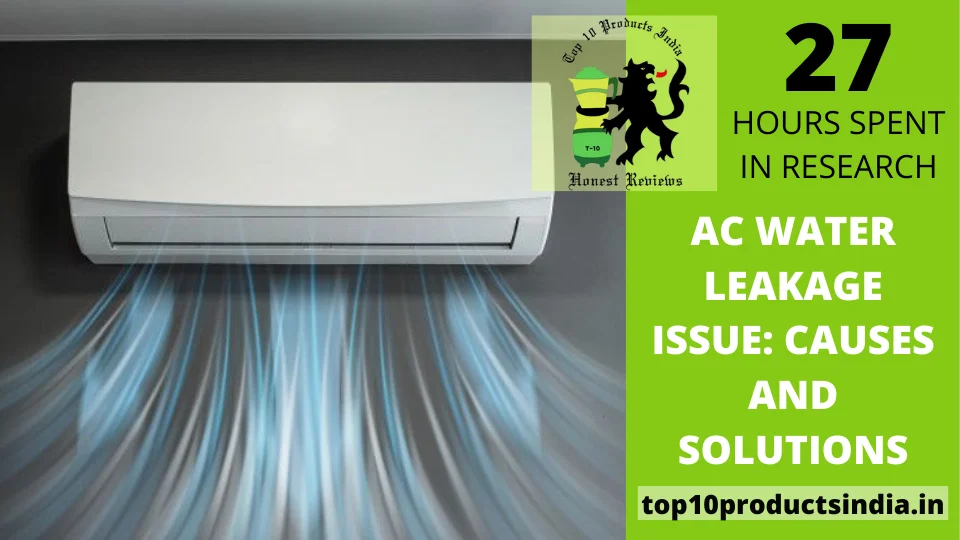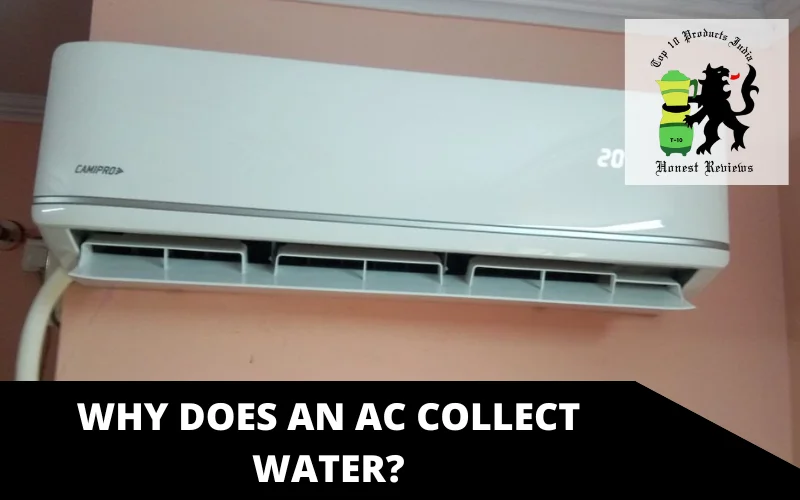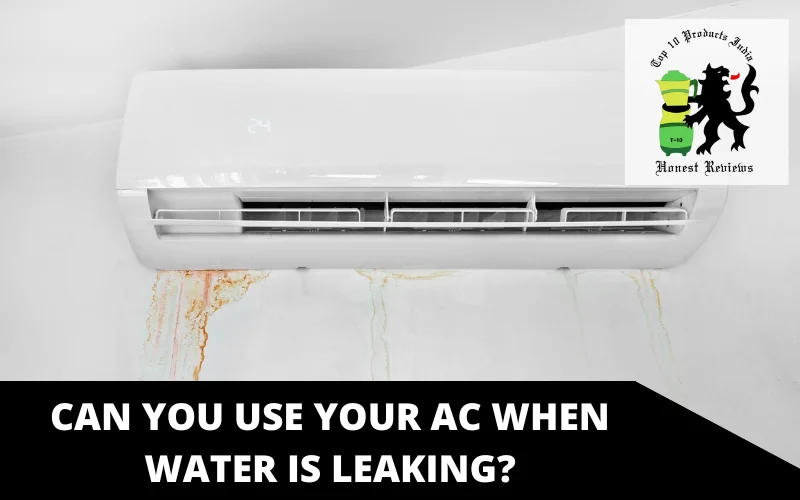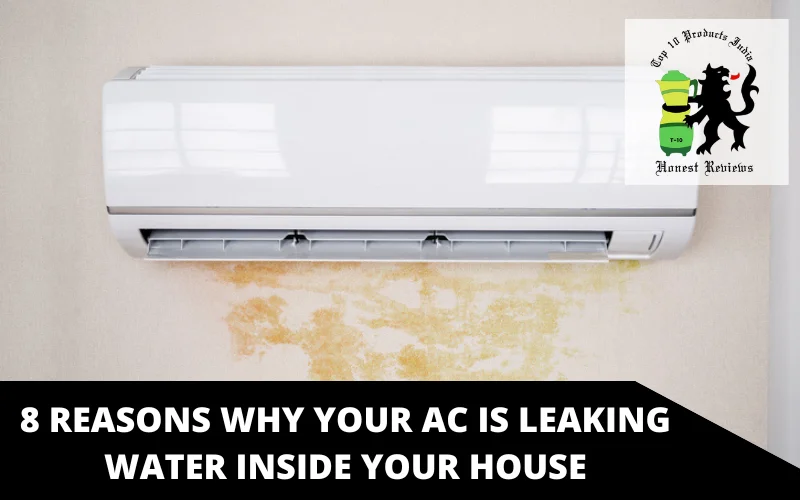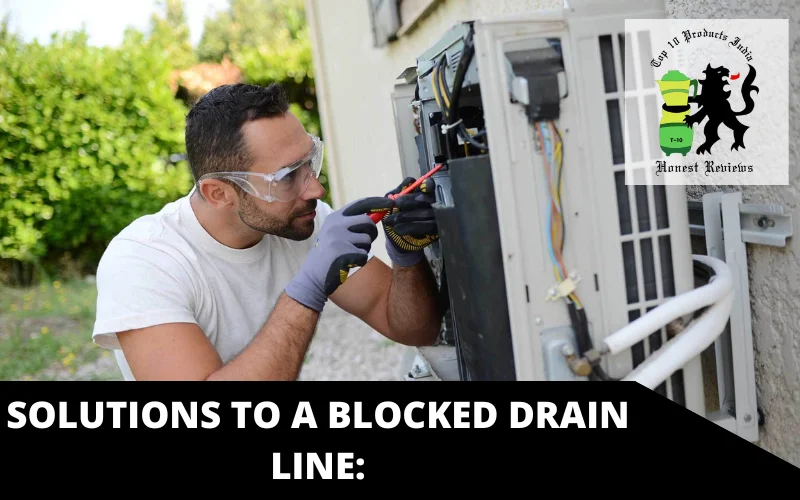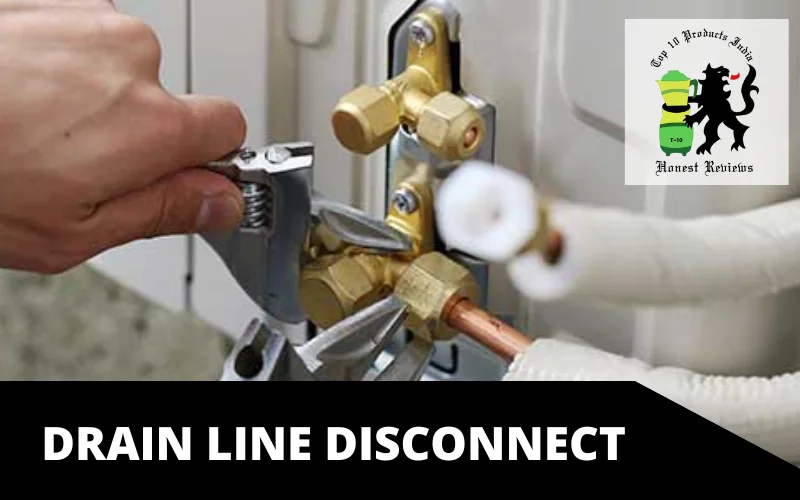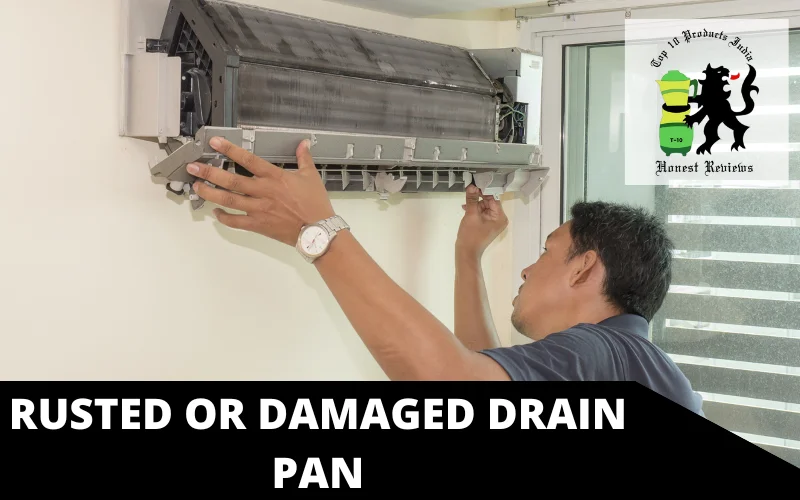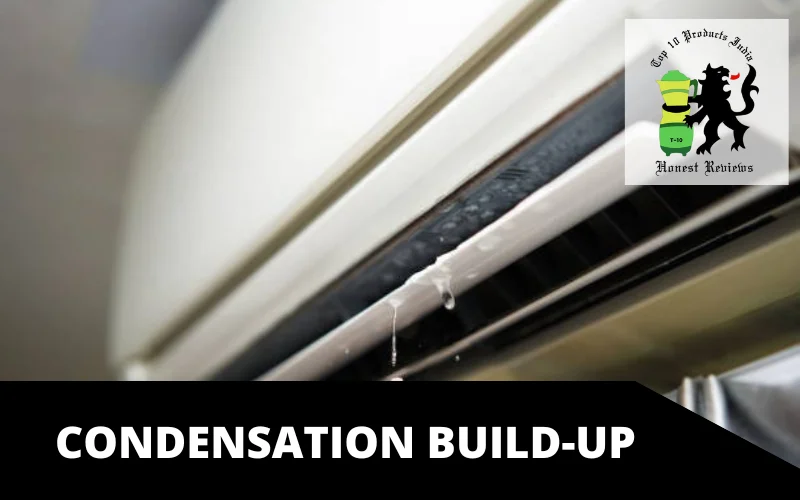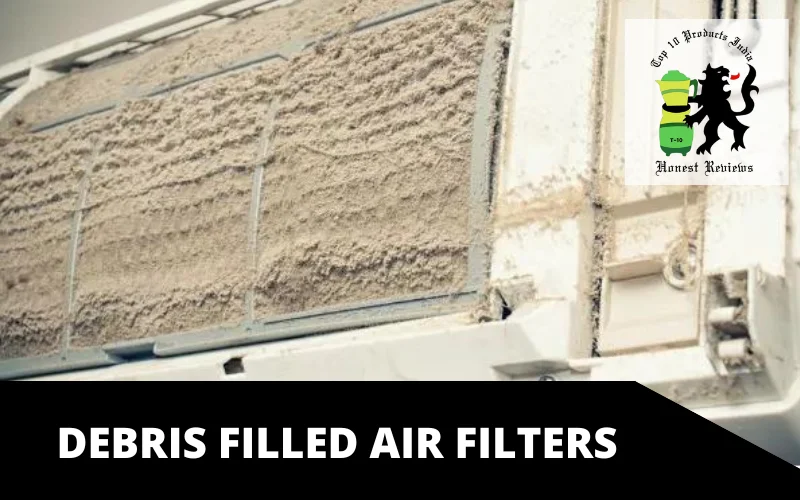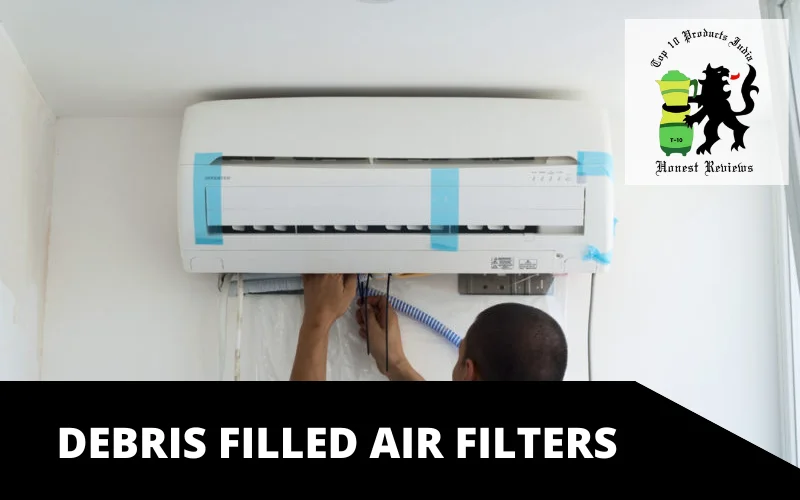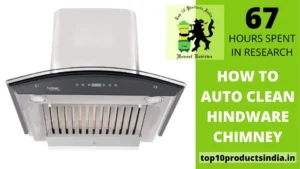A home is stressful. You’ll need to handle the inevitable repairs and the regular bills, renovations, and repairs. As a homeowner, you’re likely confronted with an AC that leaks water. It’s not a big deal, but a minor issue can cause damage to ceilings, walls, and floors, as well as the AC’s performance and effectiveness.
The worst part is that mould can grow in damp areas and make the air we breathe smell bad. Then, before you know it, your air conditioner will not turn on or stop cooling. We’re here to ensure it never happens.
Why Does an AC Collect Water?
Your HVAC system isn’t only responsible for maintaining the temperature and altering the humidity levels in your home. The indoor AC unit is made up of evaporator coils. When warm air generated from home gets drawn into the heating and cooling unit, the air gets carried across the cold coils of the evaporator. This causes it to expand, making it less humid.
The water dripping from it flows into a pan for drainage connected to a condensate drain line. This line is a part from your house to drain the water to the outside.
The issue arises when there is excessive water accumulation inside your AC, and it’s experiencing difficulty removing the water. This could result in the inverter AC leaking water within your home.
Can You Use Your AC When Water Is Leaking?
The unit that cools your air can continue working even if it’s leaky with water. You may, however, observe a decline in its capacity to cool your space. Because you aren’t sure of the cause of the water leak, it’s always recommended to shut your appliance off as soon as you notice water drips from your air cooling unit.
In some cases, the damage to internal split AC components could be extensive. If the unit runs continuously, this could result in an issue with the compressor. Water leaks from an AC in the indoor space can risk your ceilings, walls, furniture, and other household objects. The excessive moisture may also cause mould to grow.
8 Reasons Why Your AC is Leaking Water Inside Your House
There are many reasons your AC cannot remove moisture from the right channels, from dirty air filters to blocked drain pipes. We’ll check the most common AC issues that could bring AC water leaking issues.
Clogged Condensate Drain Line
It is among the most frequent causes of AC leakage of water. The moisture that is absorbed by the unit during the process of dehumidification is contaminated by dirt and particles. If the condensate drain line isn’t cleaned, it may build up and cause blockages. Then, water starts building up in your unit and eventually flows out from the drain pan in your home.
A few modern models such as Panasonic & Sanyo AC and come with an off switch that turns off the unit when it finds a blocked condensate line. This is an excellent alternative to safeguard your home against water-related damage. But, if the unit does not have this option, you’ll have to make the necessary changes yourself.
Solutions to a blocked drain line:
Shut down the unit, locate the drain pan, and check whether there is standing water. Clean the drain pan thoroughly to stop the growth of mould.
Find the drain line, and see how clogged it is. Next, use a wire brush and clean the drain thoroughly to get rid of any gunk.
If the line is clogged to the point of being completely blocked, it is possible that a specific vacuum or pump could be needed. To ensure that it’s free of dirt, fill it with a tiny amount of water, and ensure it flows seamlessly out the other side.
As a precautionary measure to avoid future problems, from time to time, HVAC maintenance is compulsory. As part of your routine maintenance, you should put bleach in the drain line every six months to wash the drain lines for condensation.
It will also remove bacteria and stop the growth of mould. But, you should not increase the frequency because it could increase the risk of corrosion.
Drain Line Disconnect
In case the drain line isn’t linked correctly, it could break off and cause your AC water leakage. The drain line may break due to a bad installation after a poor repair, or it could be loosened over time.
If you have a broken drain line, water may be able to pool on the ground or flow into the ceiling. The cause of the leak can differ according to the position of the AC unit.
Solution:
Contact HVAC support for assistance in reconnecting your drain lines. To avoid issues like this in the future, be sure to contact a professional for repairs as well as installation.
Rusted or Damaged Drain Pan
The drain pan is under the evaporator coils of your AC or inside the air handler to capture condensation that drips. From here, the liquid runs through the drain line and outside. In case there is damage to the pan, or it’s worn out, the water leakage may start instead of flowing to the drainage line.
If your AC unit is about 15 to 20 years old, it’ll show signs of ageing, and rusted drainage is a common incident. The drain pan is susceptible to rusting and then eroding over time, leading to the AC letting out water.
Solution:
A damaged drain pan needs to be sealed with care and securely. First, wash the drain pan thoroughly, then, using a flashlight, and pouring water, find the cracks. Make use of a high-quality water-resistant sealant to fill in cracks. Test the patch by pouring the water once again.
We advise changing a rusted drain pan. Any type of drain pan isn’t enough. It must be the proper size to allow your MarQ AC to function properly.
Condensation Build-up
Condensation is an essential component of the air conditioner’s process of dehumidification. However, excessive condensation could result in AC leaks of water from the air ducts and vents.
The water can drip onto the insulation in your home or cause damage. In addition, it may cause the growth of mould inside air ducts, which can affect indoor air quality.
Condensation buildup may be because of a variety of reasons:
Warm air can enter the cold surfaces of air ducts when they are not adequately insulated and can lead to condensation. Similar issues can arise when your ductwork runs through an attic without insulation or isn’t properly insulation.
Dirty ducts, clogged duct filters, or the blockage of a drain pump can cause water to leak out of air ducts. If the air cannot circulate freely through your system because of obstruction, it will get colder in the ducts, which can increase the chance of sweating in your ducts (condensation within the ducts).
The summer heat can increase the likelihood of condensation accumulation. Roof leaks and inadequate ventilation can also increase levels of humidity. The ideal home humidity should be in the range of 30-50 per cent.
Learn how to get the perfect humidity levels for your home.
Solutions:
Begin by insulating your ductwork. When the ductwork has been covered with insulation material, warm air will not be able to reach those cold pipes. If your ductwork has been covered in insulation, look for damage and fix it as quickly as possible. The insulation should be placed around the ducts to block outside air from getting in.
- Be sure that you insulate your attic, particularly if the ductwork runs through it.
- Repair the roof that is leaking by contacting a roofing company to reduce the chance of condensation.
- Being on top of your AC maintenance will also assist in preventing water leak issues because it eliminates dirt and other debris from your AC.
Debris Filled Air Filters
As previously mentioned, dirty air filters may cause evaporator coils to become frozen, leading to your Amstrad AC running out of water.
The filters are designed to ensure the proper circulation of air. They catch airborne particles and let fresh air be able to enter your home. But, the particles mixed with dust may build up inside the filters and cause them to become blocked totally over time.
The blockage can be detrimental to the quality of your indoor air and may cause damage to your HVAC unit. This can also cause insufficient HVAC airflow.
Additionally, warm air can not flow through the filter when air filters become blocked. This means that refrigerant will not take in heat, which can cause the evaporator coils to become frozen over time.
If they begin to melt, you might notice the dripping water pool within your home.
Solutions:
- In the beginning, be sure you collect the dripping water correctly. Do not let it cause damage to your flooring or walls. Then, you can begin clearing your air filters. Allow the filters to dry before you put them back into your device.
- It is recommended to clean your air filter more frequently in the summer months when your air conditioning unit is being used for prolonged periods. It is recommended to clean them once every two weeks and then replace them each 3-4 months.
- You can schedule reminders, or it is better to utilize an intelligent AC controller when you have windows, mini-splits, and portable AC.
Incorrect AC Installation
If you’ve recently installed an air conditioner that is now leaking water, you may wonder why your brand new AC has started leaking water.
The problem could result from poor installation. For example, if your AC and drain pipes aren’t proportional, they can disrupt the flow of water from the drainage pan. In the end, your unit begins to leak water.
Similar to when central air conditioners are not level, it may cause water to leak into the house. It is the same with windows. If a window unit has been placed flat on its back, water may begin to leak into the house, creating a huge clutter.
Solutions:
- Central air conditioning ought to be located on an even surface. You can use the AC pad to fix this issue if it’s on an uneven surface.
- The front of the unit should be raised for windows with AC to ensure that water drains out instead of spilling into the interior.
- When installing a new appliance, ensure that an experienced technician handles the installation.
Frozen Evaporator Coils
Evaporator coils are part of your unit. They can be damaged because of a refrigerant leak or blocked airflow; they may become frozen. This leads to moisture accumulation, causing the drain pan to overflow and water to spill out.
Solution:
- If your cooling system is freezing, then you must find the root of the issue and fix it.
- If there’s an airflow obstruction, It is important to examine the air return vents, filters, fin coils, ducts, and more. Cleaning them will restore the air flow and help repair the issue of freezing and the AC unit’s leaky water.
- If washing your AC filters isn’t enough to solve the problem, the unit could run low on refrigerant. If you don’t have enough refrigerant, the coils in your evaporator get too cold, which results in ice formation. After it melts, the water begins to drip out of your unit.
- It isn’t possible to fix the issue on your own. An HVAC technician will be required to pinpoint the cause of the issue, repair it, and refill the refrigerant.

